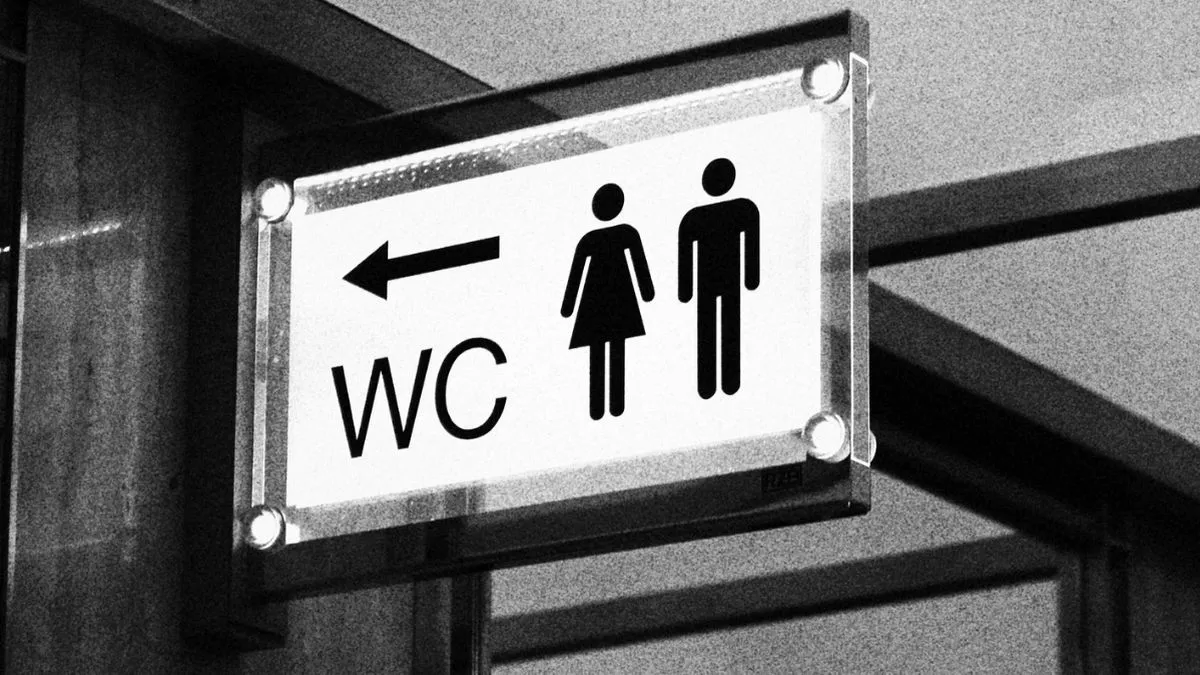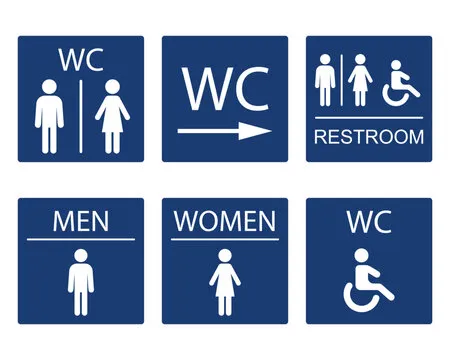You’ve probably seen the initials “WC” on public restroom signs, but have you ever stopped to think about what they really mean?
While today we commonly refer to these spaces as bathrooms or restrooms, the term “WC” has a fascinating historical significance rooted in the early days of indoor plumbing. Understanding its origins not only reveals a curious piece of history but also provides insight into how sanitation systems evolved.
What Exactly is a “WC”?
The abbreviation “WC” stands for “Water Closet” a term that first appeared in the mid-19th century. The “closet” portion of the name referred to a small, enclosed space—quite literally a closet—where the toilet was placed.

At the time, homes already had dedicated rooms for bathing (bathrooms), so the new technology of indoor toilets was installed in these small, private spaces. This setup was revolutionary during an era when outdoor toilets were still common.
The History of the Water Closet and Indoor Plumbing
Before modern bathrooms, the concept of a “water closet” was groundbreaking. In the late 1800s, indoor plumbing systems were being introduced to urban areas, offering people the convenience of running water inside their homes.
However, most houses at the time had only a dedicated room for bathing. The toilet was often placed in a separate, smaller room—hence the term “closet.” These early toilets were connected to water systems, allowing for flushing, which was a vast improvement over the chamber pots and outhouses of earlier times.
TikTok creator Nathan (@itsnathannyc) explained this history in a viral video, stating, “The water closet was the only room with a water supply connected directly to the new plumbing systems. So, toilets were tucked away in small closets.”
How Did “WC” Become a Common Signage Term?
Over time, the term “water closet” became synonymous with the modern toilet. As indoor plumbing became standard in homes and public buildings, WC signage became a universal way to indicate restroom facilities. The small, cramped “closet” design gave way to the spacious bathrooms we know today, but the WC acronym stuck around.

This abbreviation became particularly popular in Europe, where “WC” is still widely used on restroom signs. In the United States, you’re more likely to see the terms “restroom” or “bathroom,” but the historical roots of “WC” remain the same.
Surprising Reactions to the Meaning of WC
Many people are still unaware of the meaning behind the WC sign, which has prompted viral discussions on social media platforms like TikTok.
Users expressed shock upon learning that WC stands for “Water Closet,” with one commenter saying, “I’ve seen this sign my whole life and never knew what it meant!” Another added, “I was today years old when I found out!”
This revelation often sparks curiosity and nostalgia about how far we’ve come in terms of modern amenities. From outdoor toilets to elegant bathroom suites, the evolution of sanitation technology has reshaped the way we live.
The Water Closet’s Evolution and Its Impact on Modern Bathrooms
The 19th century saw significant advancements in sanitation systems, and the water closet played a central role.
According to historical sources, before the introduction of indoor plumbing, people relied on chamber pots or outhouses. The water closet, however, revolutionized hygiene by providing a private, indoor space for this essential function.
By the 1880s, the first flushing toilets started to resemble the modern systems we use today, incorporating durable materials like porcelain for easy maintenance. This innovation paved the way for the full bathroom experience we enjoy now, where sinks, showers, and toilets all share one convenient space.
Why Understanding the History of WC Matters
Knowing the history behind the WC sign is more than just trivia—it’s a reminder of how technological advancements have improved daily life. The introduction of water closets was a game-changer for hygiene, health, and convenience.

Today, the term “water closet” may seem outdated, but it’s a symbol of how far indoor plumbing has come. By preserving this bit of history, we acknowledge the importance of everyday innovations that often go unnoticed.
Conclusion:
Next time you see a WC sign on a restroom door, you’ll know it stands for “Water Closet,” a term that represents more than just a place to relieve yourself. It’s a nod to a revolutionary era in indoor plumbing, a small but significant piece of history that transformed homes and public spaces worldwide.
As our bathrooms have grown larger and more modern, the humble water closet remains an enduring symbol of this essential innovation.








